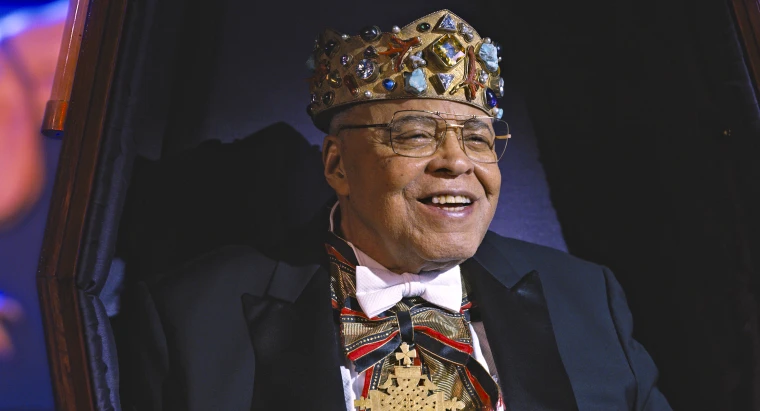
James Earl Jones, the beloved stage and screen actor who lent his iconic, deep voice to Darth Vader in Star Wars and Mufasa in The Lion King, has died at 93.
Regarded as one of the best actors of his generation, Jones’ career spanned Shakespeare to Hollywood hits. He is one of the few actors to have won an Emmy, Grammy, Oscar, Tony Award.
The actor’s death was reported by Deadline, via his representatives at Independent Artist Group.
James Earl Jones was born January 17, 1931 in Arkabutla, Mississippi and raised by his grandparents in Dublin, Michigan. While he would later become one of the most famous voices in the world, he says he suffered from a stutter in his youth.
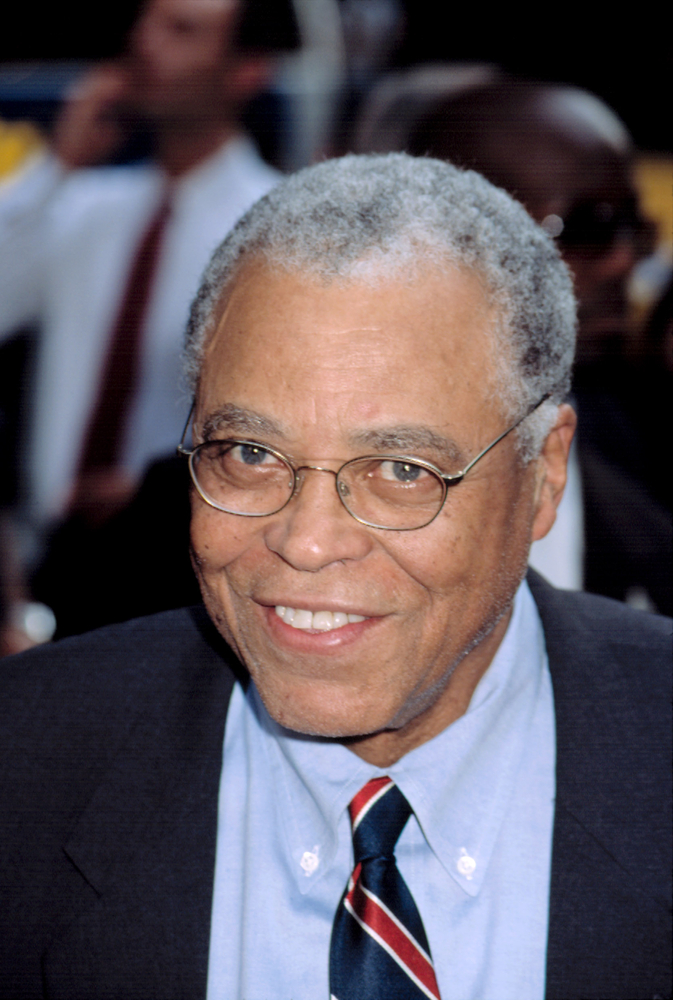
“I was a stutterer. I couldn’t talk,” Jones recalled in a 1996 interview. “So my first year of school was my first mute year, and then those mute years continued until I got to high school.” A teacher encouraged him to overcome his stutter by reading poetry aloud.
Jones served in the US Army during the Korean War, and after decided to pursue a career in acting. He studied at the American Theatre Wing, working as a janitor to support himself. By the 1960s, Jones was establishing himself as one of his generation’s great Shakespearean actors, playing roles like Othello and King Lear. He also made his film debut in Stanley Kubrick’s classic 1964 comedy Dr. Strangelove, as bombadier Lt. Lothar Zogg.
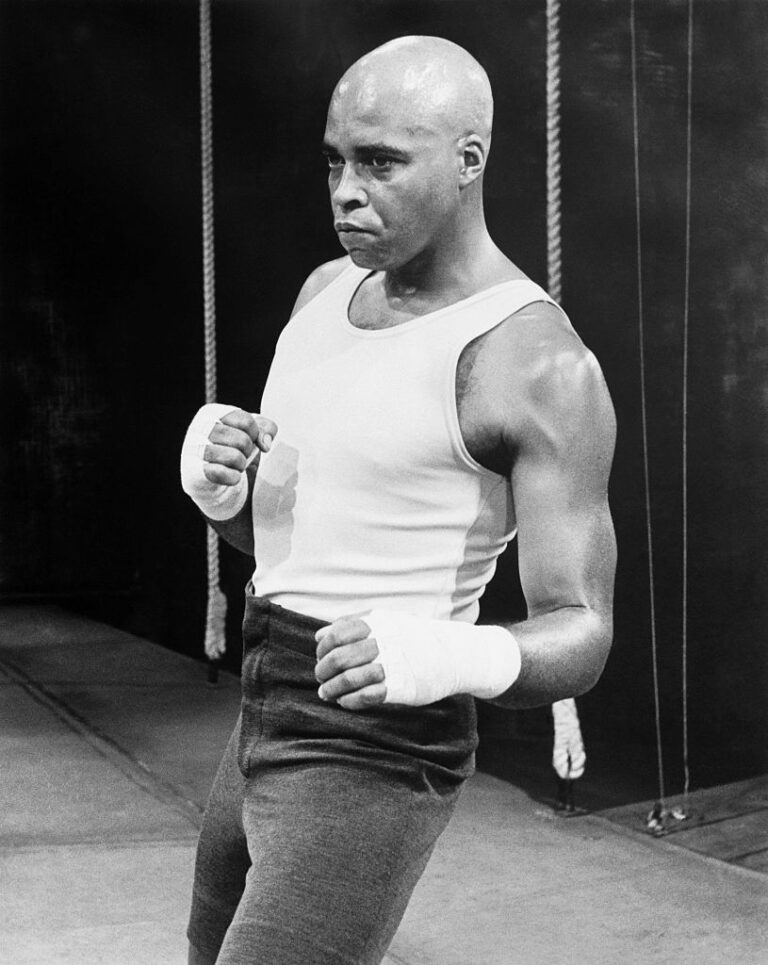
In 1967, he played a boxer in The Great White Hope, winning the Tony Award for Best Actor in a Play. He reprised the role in the 1970 film version, receiving his first Academy Award nomination.
Amidst all his acclaimed acting work, Jones soon landed his most well-known and iconic role — one where he didn’t even have to appear on set: voicing the villainous Darth Vader in Star Wars. While Vader was played in costume by David Prowse, Jones dubbed over the lines with his own deep bass voice, helping to create one of the most famous characters in movie history.
While Jones originally opted to go uncredited for the role, it has become perhaps his most famous performance. He continued to voice Vader for decades, in the two sequels The Empire Strikes Back and Return of the Jedi, the prequel Revenge of the Sith and the spin-off Rogue One. In 2022, Jones retired from the role, but signed an agreement for his voice to be used in future projects using artificial intelligence and archive recordings.
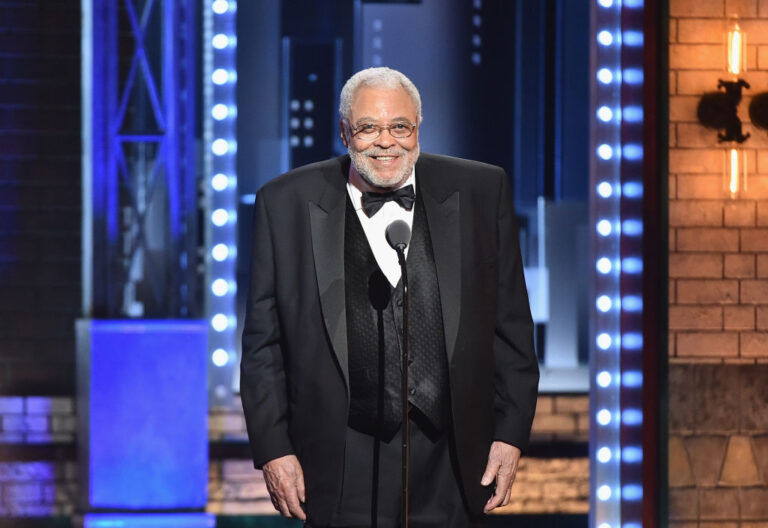
Jones also provided the voice of another beloved movie character, Mufasa in the 1994 Disney film The Lion King. Jones later reprised the role in the 2019 remake.
Throughout the ’80s and ’90s, Jones appeared in many Hollywood films, including Conan the Barbarian, Coming to America, Field of Dreams, and The Hunt for Red October, Patriot Games and The Sandlot. He also won his second Tony Award, starring in the original production of August Wilson’s Fences.
He received eight Emmy Award nominations for his television work, winning twice in 1991: Outstanding Supporting Actor in a Limited Series or Movie for Heat Wave and Outstanding Lead Actor in a Drama Series for Gabriel’s Fire.
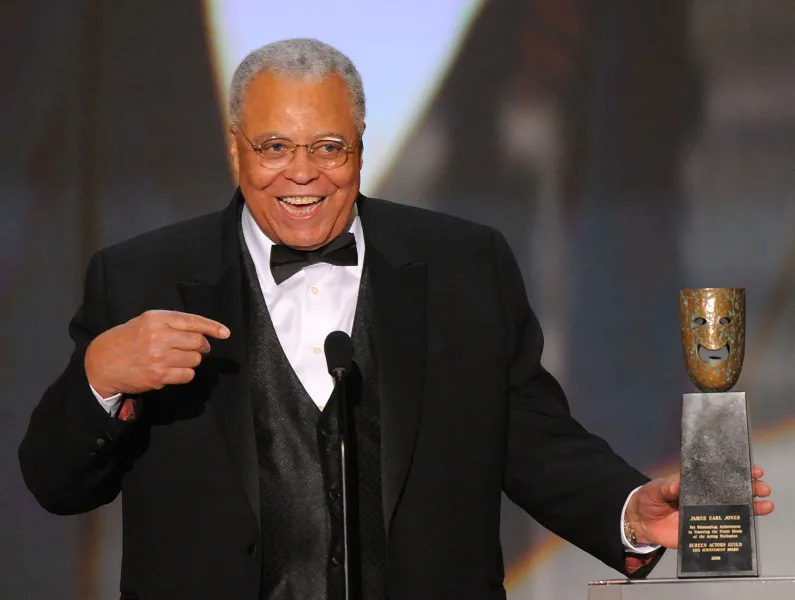
Jones also continued to perform on Broadway: over the past 20 years he starred in revivals of On Golden Pond, Cat on a Hot Tin Roof, Driving Miss Daisy, The Best Man and You Can’t Take it With You.
Jones was the recipient of many awards and honors throughout his acclaimed career. He received an Honorary Academy Award in 2011, making him one of the only people to have won an Emmy, Grammy, Oscar and Tony Award, known as “EGOT.” Broadway’s Cort Theatre was renamed the James Earl Jones Theatre in his honor in 2022.
Rest in peace to the iconic James Earl Jones, one of the greatest actors of our time — please share this
In-Laws Kicked Us Out of the House They Gifted After We Paid for Renovations — Then It Got Even Worse
When Mike’s parents offer him and his family a home, they are over the moon. Mike and Maria have a growing family, and they need the extra space. So, they venture into renovations, making the house a home. But one day, Mike’s parents called, wanting their home back.
When my in-laws offered us a house, we thought it was a dream come true. With three kids and a tight budget, any help came as a blessing.

A close-up of a house | Source: Midjourney
But, let me be honest with you: the house was far from ideal.
“It’s in the middle of nowhere, Mike,” I told my husband when we were sitting on the couch talking about the possibility of moving into the house.
“It’s miles away from the kids’ school and our jobs! We’ll have to leave a lot earlier just to make it on time,” I said, sighing.

A couple sitting on a couch and talking | Source: Midjourney
“I know, Maria,” my husband said. “It irritates me to think that the nearest grocery store is about twenty minutes away. But I don’t want to be ungrateful.”
And I understood that. In fact, their gift had come at the perfect moment. We had outgrown our little two-bedroomed house. It was now cluttered, and our three kids had to share one bedroom.

A cluttered bedroom | Source: Midjourney
“We’ll do it for the kids,” I said, taking his hand. “Whatever happens, we’ll make it work for them.”
“Think of it as a fresh start, kids,” Mike’s mom said when we went over to their home for dinner. “You’ll love the peace and quiet, and the kids will have a lot of space to run about in. This is going to be good for you.”
“Yes, Mom,” Mike said. “We agree with you. We’re looking forward to this new start and just going on a journey together as a family.”

A family sitting at a table | Source: Midjourney
The house itself was a fixer-upper, to put it mildly. There was an entire to-do list of things that needed to be done. The house needed a new kitchen, the wiring needed to be updated, and the bathrooms needed an overhaul.
We knew it would be a big project, but at the end of the day, Mike and I wanted this house to be the home our children grew up in.
“The yard is so big, honey,” Mike told me. “Can you imagine all the birthday parties and even having our kids getting married from here? I love it.”
We poured all our savings into renovating it, making it not just livable but a true home for our family. Our children deserved it.

An outdoor birthday party set up | Source: Midjourney
As things were falling into place, Mike, the tech enthusiast, even set up a state-of-the-art smart home system.
“At least it’s ours,” Mike said, smiling as he showed me how the new system worked. “It finally feels like home.”
A few months went by, and we were settled into our new home. The children adapted beautifully, and Mike and I got closer as a couple. We went on long walks together, and the kids went on picnics together all the time.
Our family had grown closer together.

A picnic set up | Source: Midjourney
Then, last month, my in-laws dropped a bombshell. They decided to sell their current house and buy a lakeside cabin. To fund this new venture, they needed our house back.
What? How? This had become our home.
We were absolutely stunned. They insisted that although they had gifted it to us, they still had a right to take it back. The sense of betrayal was overwhelming.
“They can’t do this,” Mike fumed, pacing our newly renovated kitchen. “We have a letter from them saying it was a gift!”

A shocked couple | Source: Midjourney
My husband and I couldn’t believe it. We had a written letter from them, clearly stating that the house was a gift. We decided to fight back, hiring a lawyer to help us navigate this sudden crisis.
We provided all the documents, receipts, and the gift letter. We were convinced that there had to be some legal ground we could stand on.
“I don’t know what else to do,” Mike said one morning when we were having our coffee together. “I don’t know how we’re supposed to find another place and uproot the kids again. This isn’t fair!”

A stack of paper | Source: Midjourney
Weeks passed as we waited for a resolution. But I was just getting more agitated as the days went on. Mike told me not to do anything until the lawyer got back to us. But I couldn’t wait.
I couldn’t sit back and do nothing while we waited for our home to be taken away from us. So, I spent hours looking at rentals available in the area. I just needed to have options available on hand.
I didn’t know what was coming. And I couldn’t believe that Mike’s parents would willingly put us in this situation.

A woman using a phone | Source: Unsplash
But then, the lawyer did eventually get back to us.
He walked up our driveway expressionless, which immediately made me think that there was no good news coming.
“I’m afraid there’s not much we can do,” he said. “The property was never legally transferred into your names. The documents show them as the legal owners. So, I’m sorry, but Mike’s parents are the owners.”
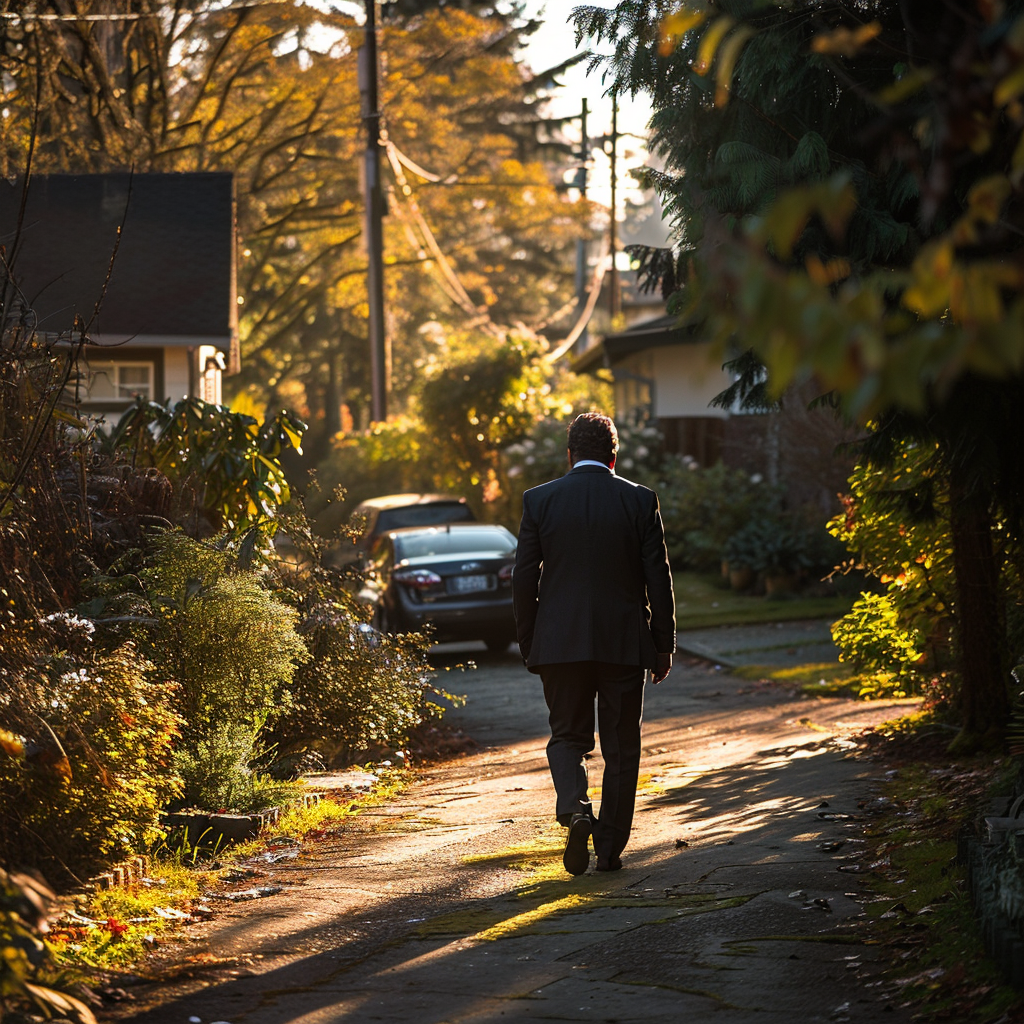
A man in a suit walking | Source: Midjourney
The news was devastating.
I felt my entire stomach drop.
Mike, furious and heartbroken, suggested we undo all the renovations out of spite.
“They used us,” he said bitterly. “We should take back everything we put into this place.”
But I couldn’t bear the thought. Despite everything, we couldn’t stoop to that level.
“We’re better than that,” I said. “We’ll find another place and make it ours.”

An expressionless woman | Source: Midjourney
So, we packed our belongings and moved into a tiny apartment closer to the city.
It was cramped, but it felt like a fresh start, free from the manipulation of my in-laws.
The kids adjusted surprisingly well, finding new friends and enjoying the proximity to their school and activities.
“I feel like we failed our children,” I told Mike when we were unpacking our kitchen items. “I just hate that they have to share a room again. And bunk beds? You know they hate this!”
“I know, my love,” Mike said. “But it’s just for now. The moment we can move to something better, we will. I promise you.”

A small apartment | Source: Midjourney
Just when we thought that the drama was over, my in-laws reached out to us again. They were struggling with the smart home system Mike had set up.
“We can’t figure out how to use the lights, let alone the heating!” Mike’s dad complained over the phone. “Can’t you come back and help us out here?”
The irony wasn’t lost on us.

An elderly man using a phone | Source: Midjourney
We had made that house livable and even comfortable, pouring our money and energy into it. Now, they were reaping the benefits of our hard work, but they were clueless about managing the systems we installed.
Despite their pleas, there was no way that we were going back.
“No,” Mike said firmly. “The house wasn’t right for us. We’re staying where we are.”

A man holding his phone | Source: Midjourney
The trust was shattered, and the house, with all its tech features, was a constant reminder of the betrayal. Living in the cramped apartment wasn’t easy, but we found solace in the fact that we were free from emotional manipulation.
“This isn’t going to be forever, Maria,” Mike said. “I promise you. I’ll fix this.”

A couple embracing | Source: Midjourney
The experience left us wary of gifts that come with strings attached. We learned that sometimes, what seems like a generous gesture can be a way for others to control your life.
As for my in-laws, they eventually figured out the smart home system, but the damage was done. Our relationship with them has changed irrevocably.
“Please, come over for dinner,” Mike’s mother said. “We miss you guys, and we miss the kids terribly.”

An older woman using a phone | Source: Midjourney
“I’m sorry, Eileen,” I said. “But we’re just so hurt. And you should have known better. You’re a mother; you know how important it is for kids to have stability. And you and Derek took that away from us.”
“Calm down, please, Maria,” she said.
“No, because I don’t think you understand the extent of our wounds. Mike is so disappointed in you both.”
Without another word, Eileen cut the call.
“Oh, well,” I said to myself as I started chopping vegetables for dinner. Mike and the kids would be home soon.

A woman in the kitchen | Source: Midjourney
What would you have done?
If you enjoyed this story, here’s another one for you |
I Accidentally Found Out My Friend’s Husband Was Cheating – I Couldn’t Help but Take My Revenge
Allison decides to hold onto her youthful side as she drives a taxi during her spare time. But one day, her friend’s husband is her passenger. As she takes the man to his destination, he asks for a detour, revealing a side of him she didn’t know. Next, Allison has to decide whether to be good at her job and protect her friend or help show her the truth.
Driving a taxi at 65 years old wasn’t part of my retirement plan, but it became my passion. I had been a writer for a women’s column for the better part of my career, and since retirement dawned, I only wrote a few articles per month.

A person using a typewriter | Source: Midjourney
“Just something to keep the old clogs working,” my editor, Elena, said when I told her that retirement was knocking on my door. “You don’t have to commit to it, Allison. It can be a freelance role, if that’s what you’d like. But just write for us every so often.”
I agreed, what else did I have to do with my time anyway?
But then, the open road, the hum of the engine, and the stories of my passengers kept me going.
“Mom, why?” my son, Darren, asked me. “Like really? Driving people around?”

A smiling man | Source: Midjourney
“You’ll understand the need to do something freeing when you’re older, son,” I told him. “Let me do this while I still can. And what’s better than enjoying what I do?”
Yesterday was one of those days that I’ll never forget because it reminded me how foul people can be.
The previous day, one of my regulars, Jane, called me. She was a lively 55-year-old woman, and over the years, we had become friends.

A smiling older woman | Source: Midjourney
“Hi, Allison,” she said on the phone. “I need a favor.”
“If it involves those croquettes with the peas that you’re trying to get me to eat, it’s a hard pass,” I chuckled. “What do you need?”
“Mike is leaving on a trip tomorrow, and he needs a ride to the airport. I’m going to be babysitting the grandbaby, so I don’t want to disturb her routine.”

People at an airport | Source: Midjourney
Read the full story here.
This work is inspired by real events and people, but it has been fictionalized for creative purposes. Names, characters, and details have been changed to protect privacy and enhance the narrative. Any resemblance to actual persons, living or dead, or actual events is purely coincidental and not intended by the author.
The author and publisher make no claims to the accuracy of events or the portrayal of characters and are not liable for any misinterpretation. This story is provided “as is,” and any opinions expressed are those of the characters and do not reflect the views of the author or publisher.

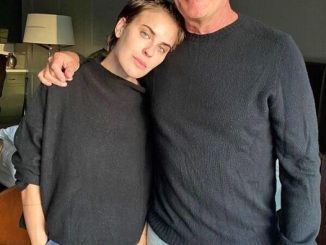

Leave a Reply